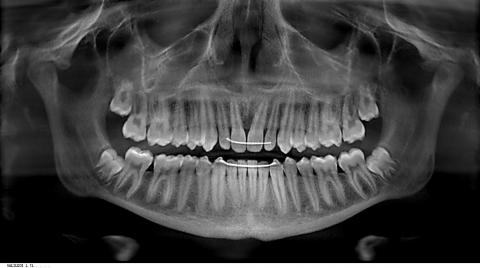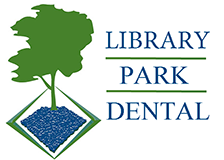It’s Time for Graduation – Do You Have Your Wisdom Teeth?

Wisdom teeth are really just your third molars, but they are called wisdom teeth because they usually erupt around age 17-22. Sometimes it seems that having wisdom teeth removed is a rite of passage towards the end of high school just as much as Prom! Wisdom teeth need to be removed if they are angled so that they are putting pressure on the 2nd molar. Sometimes that pressure is once the tooth is erupted (through the gumline) and sometimes it is below the gumline near the roots.
A wisdom tooth that has not broken through the gums is called a fully impacted molar. Usually, this happens because there is just not enough space in the jaw for the third molar. Sometimes the crown of the tooth appears, but there is no room to have the tooth fully erupt. That is known as a partial impaction. According to the Mayo Clinic, an impacted tooth can grow at an angle toward the next tooth (second molar), grow at an angle toward the back of the mouth, grow at a right angle to the other teeth, as if the wisdom tooth is “lying down” within the jawbone, or it can grow straight up or down like other teeth but stay trapped within the jawbone.
Following guidelines established by the American Dental Association, your dentists at Library Park Dental may recommend the removal of your wisdom teeth in order to prevent or alleviate pain caused by pressure on the roots of other teeth, infection, headaches, cysts, decay, and gum disease.
At Library Park Dental we encourage you to make sure to be seen so that our team can keep an eye on your developing teeth and can make a recommendation for your treatment. We will pay attention to the gum tissue and show you what we see on your digital x-rays. We may also take a panoramic x-ray in our office, which will give us a 3D image of your teeth and jaw structure in order to be able to see the angle of a developing wisdom tooth and the space between the tooth and the jaw. Then together we will develop a treatment plan. Be sure to talk to us today about any questions or concerns you have about wisdom teeth.
